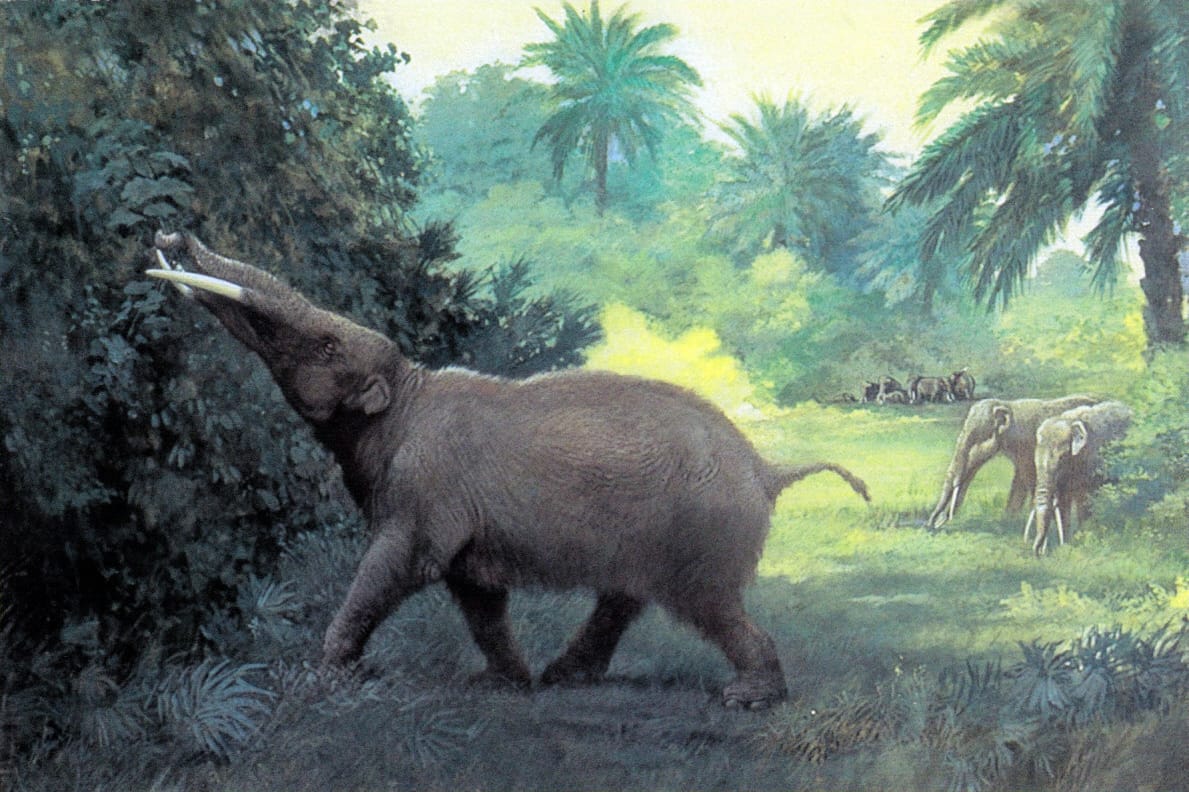The Fruit that Time Forgot
Stinking Toe, Mexican Calabash, and the Gomphothere Effect

// Have you ever heard of a fruit called the "stinking toe"? It's about a foot and a half long, rock-hard, and resembles a leg-and-foot wrapped in a sock. (Or something far more phallic.) The flavour of the seeds within the pods, which are encased in a sticky-sweet coating, is remarkable—as one chef puts it, like “anchovies and fish sauce mixed with molasses." In Belize, the tree is called bukut, and the fruit is thought to be a cure for anemia. In Costa Rica, the pods are stewed to make a syrup called miel de carao. (I really need to go to Costa Rica.)

Stinking toe is the fruit of a towering tree called Cassia grandis, which grows from southern Mexico to Venezuela; its common name is the pink shower tree. It requires a lot of energy for the tree to produce a stinking toe fruit, which can hang from a branch for months, until it falls to the ground, there to be carried away in pieces by bugs, birds and rodents. If seedlings sprout, they rarely thrive; they just malinger in the shade of the mother tree, never really getting the chance to grow to maturity.
The durian of southeast Asia, whose camembert-and-socks odor perfumes the Chinatowns of the world, is probably the most infamous of the world's massive, stinky, edible fruits.
